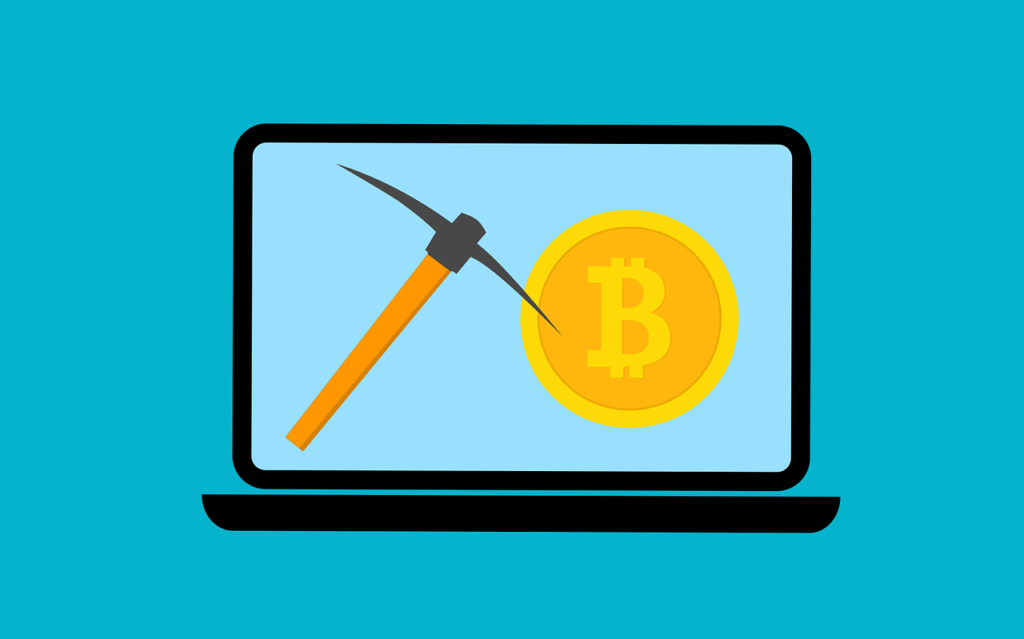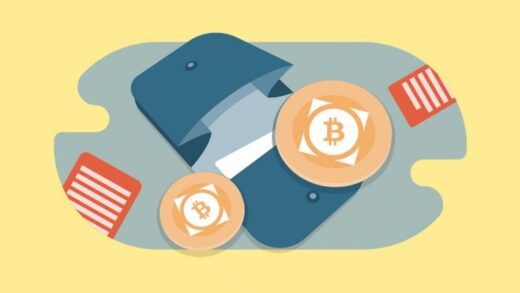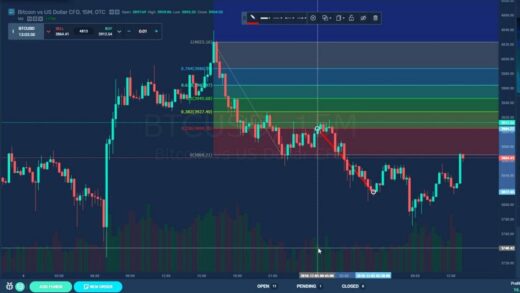Bitcoin is the first cryptocurrency that doesn’t need a governing body or central bank to function. Bitcoins, in contrast to fiat money, are produced through mining. We`ve tried to write this guide Bitcoin mining explained in simple steps: understanding what bitcoin mining is, how it operates, and how to get started mining will all be covered in this post.
Bitcoin Mining: What Is It?
Bitcoins are “mined” when sophisticated computing hardware is used to solve mathematical puzzles. Validating new blockchain transactions is a competitive process, and miners are rewarded in bitcoins for their efforts.
What is the process of Bitcoin mining?
To mine for Bitcoin, specialized hardware is used to solve extremely difficult mathematical puzzles. The complexity of these issues is such that it would take a very powerful computer a long time to find a solution. To maximize their odds of success, miners frequently combine their efforts.
A miner earns bitcoins for each challenge they successfully solve. So that exactly 21 million bitcoins are ever minted, the rewards are set to decline over time.
Mining Bitcoin: A Step-by-Step Guide
It’s not impossible to start mining bitcoin, but getting started can be difficult. A little primer on how to get going follows:
- The correct mining hardware must be chosen, from specialist ASICs to powerful GPUs.
- After acquiring the necessary gear to begin participating in the blockchain network’s mining operations, software download and installation is the next step.
- Consider joining a mining pool to boost your Bitcoin mining efficiency. To increase efficiency and split the spoils, miners might join forces in mining pools.
- It would be best if you had a bitcoin wallet to store the bitcoins you mine.
Mining Hardware: from 0 to Hero
CPUs, GPUs, and ASICs are just some mining hardware that can be purchased today. Central and graphics processing units are multitasking processors that can also be used for mining. They are not as effective, though, as ASICs, which are purpose-built computers for mining.
The most common mining hardware is application-specific integrated circuits (ASICs), which are exponentially more productive than general-purpose microprocessors and graphics processing units. They are optimized for one thing, and one thing only: mining bitcoins. Even though they can be pricey, they provide a notable benefit in terms of performance and energy efficiency.
Effects on the Environment and Energy Use
Bitcoin mining uses a lot of power, which concerns some greens. According to a recent analysis from the University of Cambridge, Bitcoin mining uses more electricity than the whole country of Argentina each year.
Though some miners have begun to use renewable energy like solar and wind, the industry still relies heavily on fossil fuels. Bitcoin mining contributes to carbon emissions and climate change; therefore, its environmental impact has become a source of worry.
Mining’s Benefits and Dangers
Bitcoin’s price fluctuates significantly, making mining a dangerous business. Following a meteoric rise to nearly $20,000 in 2017, the price of bitcoin has since crashed to roughly $3,000. Due to this uncertainty, it may be challenging to foresee how profitable mining will be in the long run.
Hardware failures, power outages, and cyber assaults are some additional threats miners face. Yet, mining may be a lucrative and fulfilling hobby if you know what you’re doing.
Bitcoin Mining: The Next Step for the Digital Currency
Mining payouts will inevitably drop when the total supply of Bitcoins approaches its cap of 21 million. To survive, miners will have to diversify their revenue streams, such as by pursuing transaction fees.
Bitcoin mining’s long-term prospects are inextricably intertwined with the cryptocurrency itself. Increasing the price of Bitcoin makes mining more lucrative, which may encourage more people to participate in the network. On the other hand, if the price of bitcoin fell, it could cause many miners to stop their activities.
FAQ Section
Q: Is it worthwhile to mine for Bitcoins?
A: The answer is “it depends,” as in the cost of power, the price of bitcoin, and the effectiveness of your mining hardware all play a role in determining whether or not bitcoin mining is lucrative.
Q: Can everyone begin bitcoin mining?
A: Although anyone can begin bitcoin mining, doing so takes a large financial commitment due to the high expenses of hardware and electricity.
Q: The time required to mine a single bitcoin is?
A: One bitcoin can be mined multiple times, depending on the hardware hash rate and the complexity of the arithmetic problems being solved.
Q: Where can I sell Bitcoins that I’ve mined?
A: At any crypto exchange, like: Coinbase, Kraken, Redot or Huobi you can sell or exchange your Bitcoins.
Conclusion
To sum up, mining bitcoins is a labor-intensive yet financially lucrative endeavor. Those who put in the effort and resources required to get started will likely see a return on their investment. Do your homework and weigh the potential benefits against the potential drawbacks before diving in.
Bitcoin, the first decentralized digital currency, could completely alter the monetary and financial systems as we know them. Bitcoin mining is not without its hazards and difficulties, but the potential payoffs are high. Bitcoin mining is an exciting and rewarding industry, regardless of your experience level.













